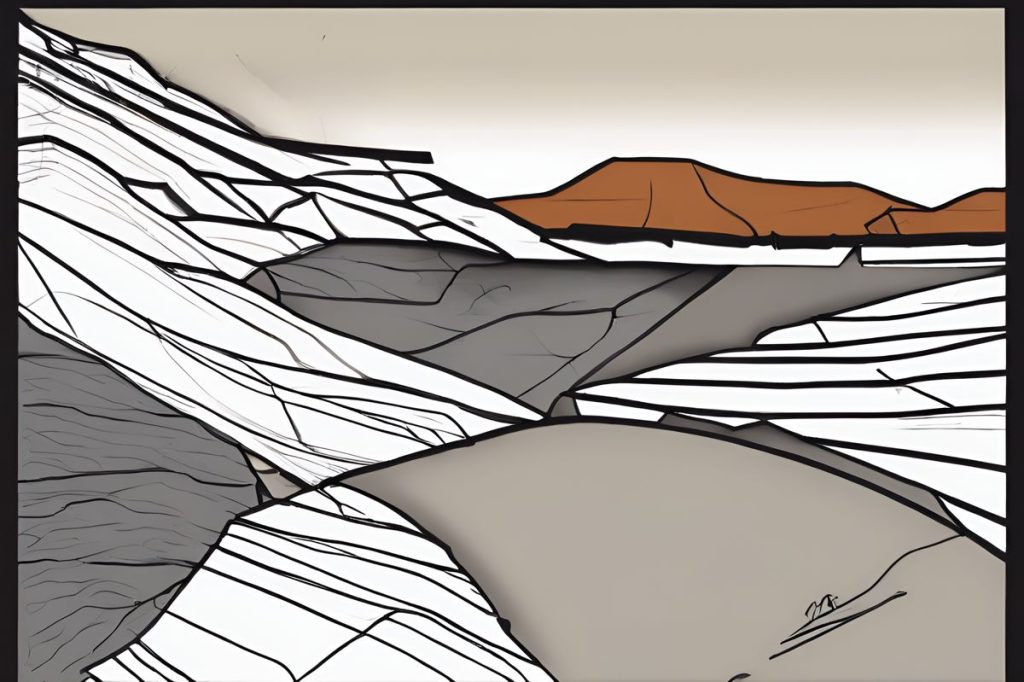Water levels in various dams across the region are nearing critical lows, with reservoirs like Kouris and Argaka at less than half their capacity. This stark decline, coupled with the approaching dry season, raises concerns of potential drought conditions and impacts on agriculture and public water supply.
What is the current situation of water levels in dams and the potential impact of shortages?
Water levels in dams are critically low, with overall capacity falling below 50%, signaling a potential water shortage. The largest dam, Kouris, is at just 38.4% capacity, while others like Argaka are at a dire 22.2%. With the dry season approaching and the rainier months ending without significant replenishment, agricultural and public water supply demands may lead to drought conditions.
Diminishing Reserves
With the approach of the warmer months, the alarm bells are ringing over the plummeting water levels in dams and reservoirs. Despite efforts by authorities to implement projects to counteract water scarcity, the situation remains critical. Data indicates that water levels, which stood at nearly half capacity in March at 47 percent, have further declined to a worrying 44.8 percent. This trend is particularly stark in instances such as the Argaka and Kalavassos dams, which have seen their reserves dwindle below 30 percent, stoking fears that they could dry up imminently.
Water levels in dams are a crucial indicator of future water availability, particularly in regions where agriculture and the public rely heavily on such reserves. The stark reduction from last year’s levels—when reservoirs held a more comfortable 68 percent of their capacity—highlights the severity of the current situation. The Kouris dam, recognized as the island’s largest, teeters on the edge of drying out, with its water supply currently at a mere 38.4 percent of its total capacity, a steep fall from last year’s 63.3 percent.
A Dry Outlook
The prognosis is not promising, as the hydrological year has ended, and the typically rainier months have passed without significant replenishment of the dams. The dry season looms, bringing with it increased water demands for irrigation, further exacerbating the potential for drought. The Department of Water Development reports that the total capacity of the island’s dams is 290 million cubic meters, but current levels are less than half of this potential, with only 130.2 million cubic meters stored.
The southern pipeline system, which includes the Kouris, Kalavassos, Lefkara, Dipotamos, Germasogeia, Arminou, Polemidia, and Achna dams, is operating at a mere 40.8 percent capacity, a significant drop from 63.3 percent the previous year. Similarly, the Paphos dams—comprising Asprokremmos, Kannaviou, and Mavrokolymbos—hover just over half full at 52.4 percent, a decrease from 77 percent. The Chrysochous dams, including Evretou, Argaka, Pomos, and Ayia Marina, are faring slightly better but still show a decline, with current levels at 52.1 percent compared to 74.5 percent in the prior year.
Varying Degrees of Impact
The situation is not uniformly bleak across all reservoirs. For example, the Kolopanayiotis dam remains at a high 94.5 percent of its capacity, albeit down from a full 100 percent recorded last year. The Pomos and Ayia Marina dams are also relatively secure, with current levels at 79.4 percent and 78.5 percent respectively. However, the Argaka dam has experienced the most dramatic fall, plummeting from being completely full last year to a precarious 22.2 percent. The Kalavassos and Vyzakia dams also report significant reductions in water levels.
Given the current trajectory, the anticipated lack of upcoming significant rainfall threatens to further strain the already depleted water sources. The meteorology service has provided little hope for a reversal of this trend in the immediate future, suggesting that the dams’ inflow will not see substantial increases in the upcoming days. The pressure is on to find solutions and conserve the water that remains, as the communities brace for the potential impact of these dwindling water reserves.
What is the current situation of water levels in dams and the potential impact of shortages?
Water levels in dams are critically low, with overall capacity falling below 50%, signaling a potential water shortage. The largest dam, Kouris, is at just 38.4% capacity, while others like Argaka are at a dire 22.2%. With the dry season approaching and the rainier months ending without significant replenishment, agricultural and public water supply demands may lead to drought conditions.
How are reservoirs and water supplies faring in comparison to previous years?
Compared to last year, current water levels in dams have experienced a significant decline. The largest dam, Kouris, has dropped from 63.3% of its capacity to just 38.4%. The overall capacity of dams across the region has decreased from 68% to below 50%. This trend is concerning, especially with the dry season approaching and limited rainfall in recent months.
Are there any reservoirs that are still maintaining high water levels?
While many reservoirs are experiencing a sharp decline in water levels, some are still maintaining relatively high capacities. For example, the Kolopanayiotis dam is at 94.5% of its capacity, and the Pomos and Ayia Marina dams are at 79.4% and 78.5% respectively. However, dams like Argaka, Kalavassos, and Vyzakia have seen significant reductions in their water levels.
What is the outlook for future water availability and the potential for drought conditions?
The current trajectory of dwindling water reserves in dams, combined with the lack of significant rainfall in the forecast, paints a bleak outlook for future water availability. The Department of Water Development reports that dams are currently storing only 130.2 million cubic meters out of a potential 290 million cubic meters. With the dry season approaching and increased water demands for irrigation, there is a heightened risk of drought conditions impacting agriculture and public water supply.

